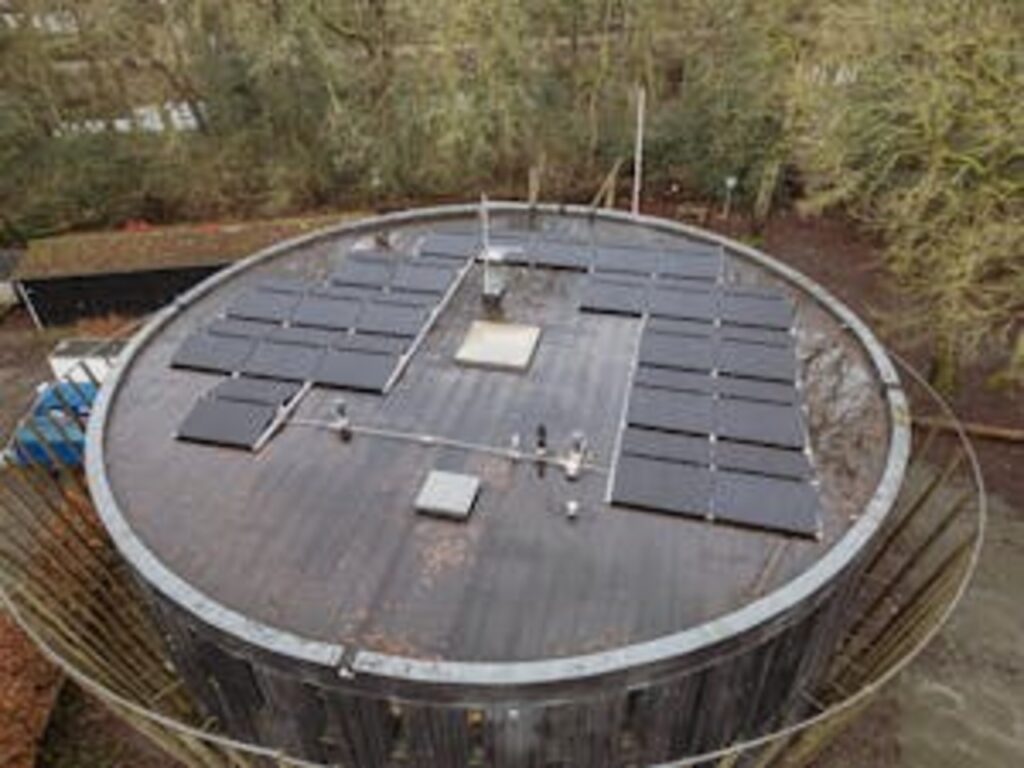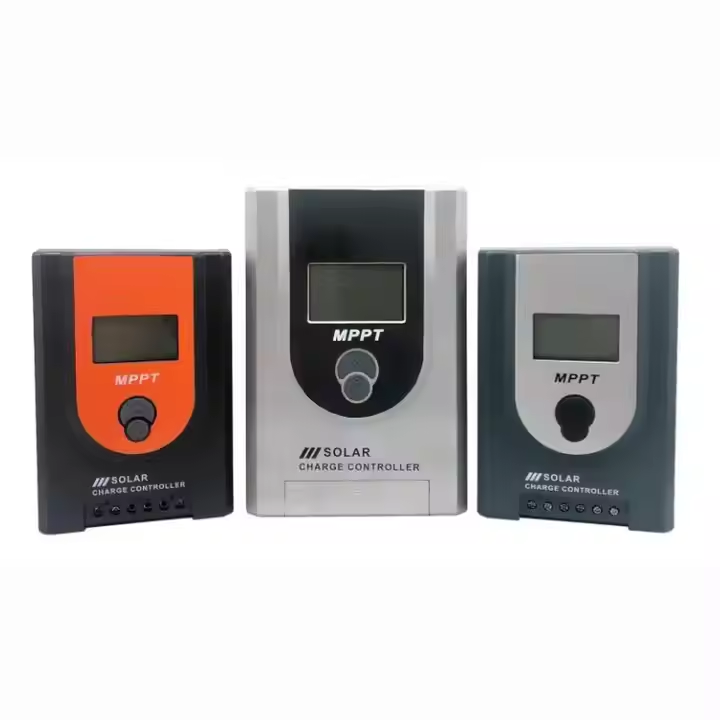Desert environments routinely challenge electronics with ambient temperatures soaring above 50 °C and solar module surfaces exceeding 70 °C. To ensure your off-grid or hybrid solar system keeps running in this heat, you need military-grade robustness in both controller and inverter. Below, we explore how cutting-edge thermal-management techniques, component choices, and deployment best practices come together to “desert-proof” your solar setup.
I. Why Desert Temperatures Matter
Desert air often registers over 50 °C midday, while direct-sun panels can climb past 70 °C. Standard solar controllers typically derate above 45 °C, reducing current output when you need it most. In mission-critical or remote off-grid sites, any loss of charging capacity can leave batteries undercharged—and loads unpowered. Military-grade controllers and hybrid inverters solve this with true 60 °C continuous-operating ratings and ruggedized designs built for extremes.
II. Core Thermal-Design Strategies
A. Over-Spec’d Components
Military-grade designs start with capacitors, semiconductors, and PCBs rated for junction temperatures of 125 °C or higher. These parts maintain electrical integrity far beyond consumer-grade limits.
B. Massive Heat Sinks & Housings
Die-cast aluminum enclosures with integrated fins act as both structural frames and giant radiators, drawing heat from critical circuits and dispersing it into the air. Units designed for desert use often feature extended fin arrays to maximize natural convection.
C. Conservative Current Ratings
Controllers are specified with 20–30 percent headroom. A “60 A” model might actually limit continuous output to 45 A at peak heat. This margin prevents thermal runaway and preserves reliability over years of brutal conditions.
III. Key Features of Desert-Proof Controllers
A. Wide Ambient Ranges
Top models operate from –40 °C to +60 °C without performance loss. They maintain full-rated current up to 60 °C and only begin throttling above that extreme.
B. Active Cooling Options
While many rely solely on passive heat sinks, some controllers incorporate thermostatically-controlled micro-fans that activate above 50 °C to protect internal electronics.
C. Intelligent Thermal Protections
Advanced controllers monitor internal temperatures in real time. At critical thresholds, they gracefully reduce charging current or enter a controlled shutdown, resuming full operation once cooled.
IV. Leading Desert-Ready Products
Morningstar TriStar MPPT
Features a high-mass aluminum housing and heat-pipe fins, delivering 60 A continuous output up to 60 °C ambient.Victron SmartSolar MPPT
Utilizes silicon-carbide MOSFETs for minimal heat generation and supports –30 °C to +60 °C operation, with external temperature-sensor compensation.EPEVER Tracer Series
Packs conformal-coated PCBs and IP-rated enclosures for dust and high-temp resilience, maintaining efficiency in sand-storm conditions.
V. Deployment Best Practices
A. Shaded, Ventilated Mounting
Install controllers under PV overhangs or in purpose-built enclosures with louvered vents, preventing direct solar loading while preserving airflow.
B. Thermal Validation
Use onboard datalogging to correlate internal and ambient temperatures. If internal readings approach critical, add supplemental heatsink modules or relocate to cooler microclimates within the array.
C. Routine Maintenance
Quarterly cleaning of fins and vent paths, plus biannual inspection of thermal-interface materials, ensures long-term conduction efficiency and prevents dust buildup.
VI. Designing a Complete Desert Kit
Solar Panels: Choose low-iron tempered glass modules with anti-soiling coatings to reduce surface temperatures.
Solar Lighting Outdoor: Opt for LED fixtures and batteries rated for high junction temperatures.
Energy Storage Batteries / Solar GEL Battery: House inside ventilated cabinets or passive-cooled racks, keeping cells within their optimal range.
Hybrid Solar Inverter: Match its thermal profile—seek inverters with 60 °C ratings and integrated heattrace circuits for remote cold-start capability.
Cabling & Enclosures: Use UV-stabilized, high-temp conductors and IP-rated junction boxes to withstand heat and dust.
VII. Future Advances
Silicon-Carbide Electronics: Next-gen controllers will exploit SiC’s high-temperature efficiency and low switching losses.
Phase-Change Thermal Buffers: Embedded materials that absorb peak heat and release it overnight, smoothing internal temperature spikes.
AI-Driven Thermal Management: Predictive derating based on weather forecasts and real-time thermal models for optimal performance.
VIII. Conclusion
True desert-proof solar systems rely on rugged, military-grade thermal designs—over-spec’d components, massive heat sinks, conservative ratings, and intelligent protections—paired with smart deployment and maintenance. By specifying controllers and inverters explicitly rated to 60 °C, shading and ventilating enclosures, and validating with in-field temperature data, you ensure uninterrupted charging and reliable power in the world’s harshest climates. Implement these strategies to build a solar solution that not only survives the heat but thrives in it.



